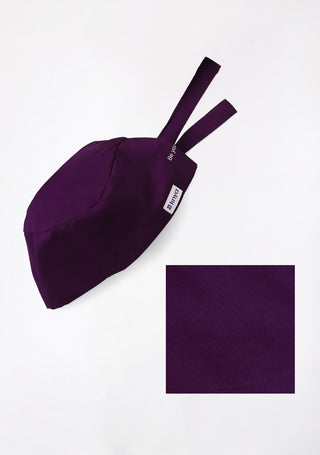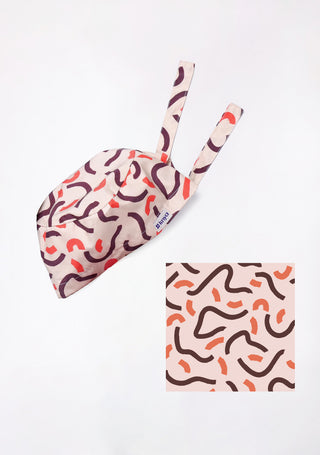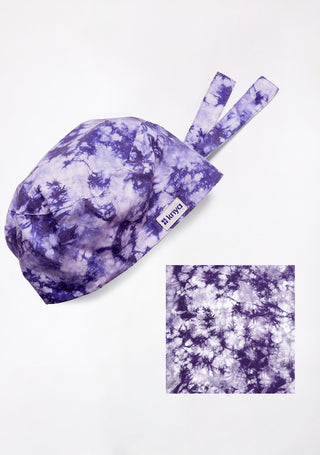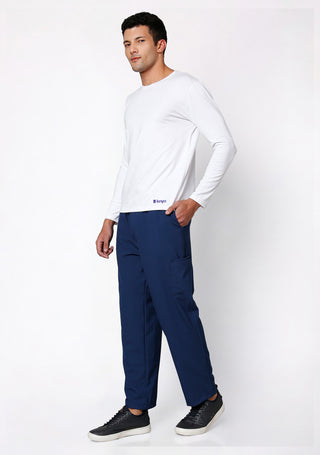Lab coats are more than just protective clothing—they symbolize professionalism, hygiene, and authority in hospitals, laboratories, and research facilities. However, inconsistent lab coat standards across departments can create confusion, reduce safety, and affect professional appearance.
Designing uniform protocols for lab coats ensures consistency, safety, and a cohesive workplace image. Knya lab coats provide versatile options that help organizations standardize uniforms without compromising comfort or functionality. This guide explores how to implement effective lab coat protocols across departments.
Ready to explore our amazing scrubs collection? Browse the best here
1. Importance of Standardised Lab Coats
Standardizing lab coats offers multiple benefits:
-
Professional consistency: All staff appear cohesive and authoritative
-
Enhanced safety: Uniforms meet the same protection and hygiene standards
-
Brand identity: Embroidered logos and consistent colors reinforce organizational image
-
Reduced confusion: Staff can easily identify colleagues’ roles across departments
Knya lab coats are designed with consistency, durability, and professional appeal in mind, making them ideal for uniform protocols.
2. Define Department-Specific Requirements
Each department may have unique needs:
-
Clinical areas: Focus on fluid resistance, breathable fabrics, and easy maintenance
-
Research labs: Emphasize chemical resistance, full-length coverage, and durability
-
Administrative or teaching areas: Prioritize professional appearance and lightweight fabrics
By assessing departmental requirements, organizations can select lab coats that meet both safety and functional needs while remaining standardized.
3. Select Uniform Styles and Lengths
Uniform protocols should specify:
-
Length: Mid-thigh or knee-length for clinical staff; full-length for research labs
-
Fit: Tailored, ergonomic cuts for comfort and mobility
-
Sleeve design: Adjustable or fitted sleeves to enhance safety and neatness
Knya lab coats come in multiple lengths, fits, and sleeve designs to satisfy these specifications across departments.
4. Standardise Fabric and Quality
Uniformity requires consistent fabric standards:
-
Fabric type: Cotton blends for breathability, polyester for durability, or specialized anti-microbial fabrics
-
Quality: Ensure all lab coats withstand frequent washing without fading or losing shape
Knya lab coats are made from high-quality, durable fabrics suitable for frequent laundering and consistent use across departments.
Click here to explore comfortable lab coats and discover our complete collection of comfortable and stylish medical apparel
5. Implement Colour-Coding (Optional)
Colour-coding lab coats helps identify roles and departments quickly:
- White: General clinical staff
- Light blue or green: Surgical or specialty departments
- Neutral or muted tones: Administrative or research areas
Knya lab coats offer a range of colors that can be integrated into departmental uniform protocols while maintaining a professional look.
6. Include Identification & Customization
Standardized lab coats should include:
-
Embroidery: Name, designation, or department
-
Institution logo: Reinforces brand identity
-
Consistent font and placement: Ensures uniformity
Knya lab coats support embroidery and customization without compromising fabric integrity or appearance.
7. Establish Maintenance Guidelines
Uniform protocols should include cleaning and maintenance instructions:
- Frequency of washing and sanitization
- Approved detergents and sanitizers
- Handling of stains, repairs, and replacements
Following these guidelines ensures all lab coats remain hygienic, safe, and professional.
8. Benefits of Standardising Lab Coats
-
Enhanced safety: Consistent protective features reduce workplace accidents and contamination risks
-
Professionalism: Uniform appearance builds trust with patients, visitors, and colleagues
-
Efficiency: Staff can easily identify roles across departments
-
Cost-effective: Bulk procurement of standardized lab coats reduces inventory complexity
Knya lab coats make standardization practical and sustainable, providing high-quality options for all departments.
Conclusion
Designing uniform protocols for lab coats ensures consistency, safety, and professionalism across all departments. By defining departmental requirements, selecting appropriate fabrics and styles, and implementing customization and maintenance standards, organizations create a cohesive, safe, and professional environment.
Knya lab coats provide durable, comfortable, and customizable options that make standardizing uniforms across departments simple and effective. A consistent approach to lab coats enhances workplace safety, efficiency, and trust, while maintaining a polished and professional look.












